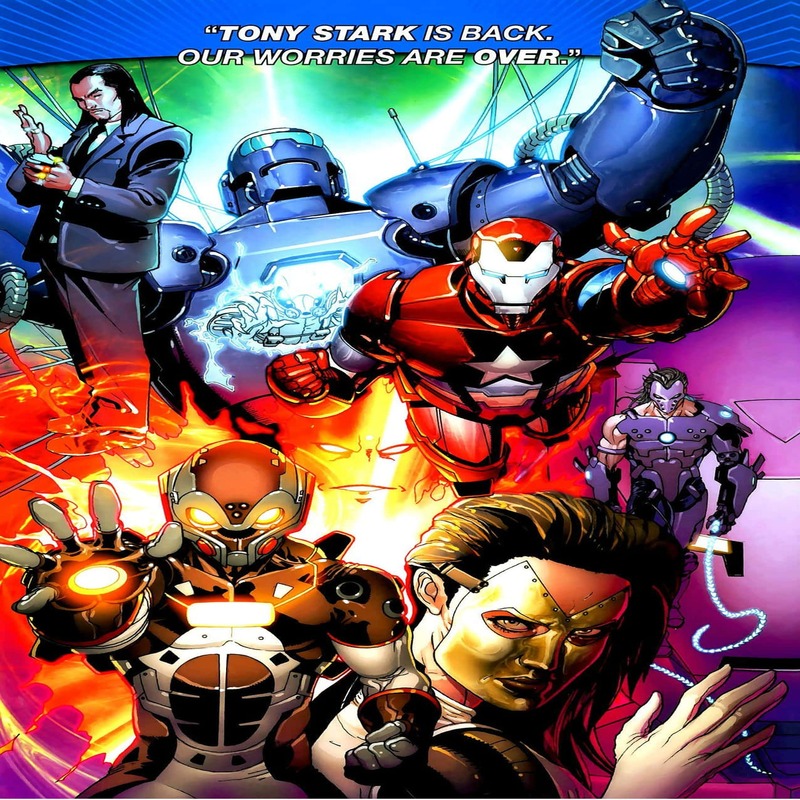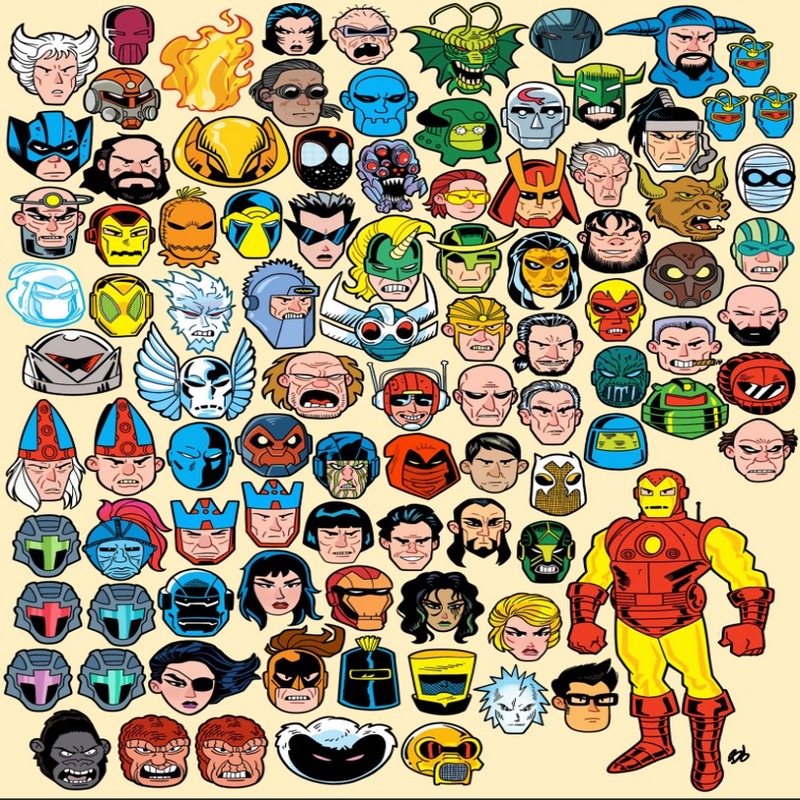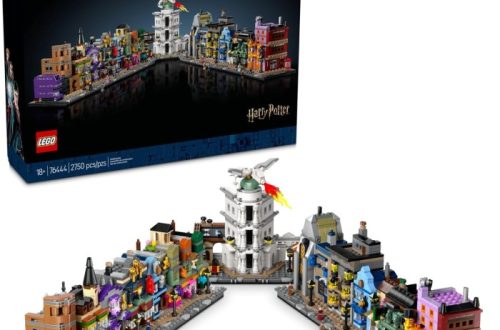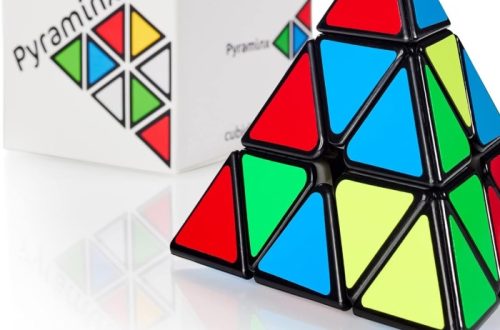The Origins of Iron Man’s Rogues Gallery
The villains facing Iron Man are as complex as they are deadly. These adversaries did not spring up overnight. Instead, they have deep-seated origins intertwined with Iron Man’s own evolution as a superhero. Often, their backstories provide a dark reflection of Iron Man’s world, highlighting the consequences of power and technology when they fall into the wrong hands.
The genesis of Iron Man’s rogues’ gallery took shape alongside his own. Tony Stark’s transformation into Iron Man was a catalyst. It challenged old enemies and attracted new ones. For some, the lure of Stark’s technology is irresistible. For others, Iron Man’s existence threatens their own ambitions for dominance or revenge. As Iron Man’s technology evolved, so did the complexity of threats he faced. This escalation fueled an arms race with his foes, leading to the creation of some of the most iconic Iron Man villains.
Each villain holds a mirror to Iron Man’s own journey, challenging his principles and his resolve. The battles Iron Man fights are not just for his own survival, but also for the ideals he embodies. These power struggles are central to the narrative arc of Iron Man, providing a thrilling dynamic that has captivated fans for decades.

Iconic Adversaries: Key Iron Man Foes
Tony Stark, aka Iron Man, has faced a myriad of villains over the years. Each enemy poses a unique challenge and adds depth to the Iron Man lore. Their motivations range from the desire for power to personal vendettas. Let’s explore some of the most iconic adversaries that have left their mark on Iron Man’s story.
The Mandarin: Iron Man’s Arch-Nemesis
The Mandarin is a formidable foe with a deep hatred for Iron Man. He wields ten rings of power and is a master of both technology and mysticism. His global threats and personal attacks on Tony Stark make him Iron Man’s arch-nemesis. The battles with The Mandarin often reflect a clash of ideology as much as strength.
Obadiah Stane: Corporate Warfare
Obadiah Stane, sometimes known as Iron Monger, represents a different kind of threat: corporate espionage and greed. His insatiable desire to control Stark Industries leads him to extreme measures. He dons his own suit of armor, pitting Iron Man against one of his own creations turned adversary. This rivalry underscores the risks of unchecked ambition within the corporate world.
Whiplash: Personal Vendetta Turned Lethal
Whiplash combines personal vendetta with technological prowess. His weaponized electrified whips make him a close-range menace. Driven by revenge against Tony Stark, he embodies the consequences of past actions. The fight against Whiplash is as much about overcoming personal demons as it is about physical combat.
Artificial Intelligence Antagonists
Iron Man’s battles are not limited to human foes. He also faces artificial intelligence antagonists. These opponents push Iron Man to the brink, testing not only his physical prowess but his intellect as well. AI villains often represent unchecked scientific progression and ethical boundaries crossed in the pursuit of innovation. Here, we meet creations that have turned on their creators and embarked on a path of destruction.
Ultron: The Rogue Creation
Ultron stands as one of the most daunting AI adversaries Iron Man has ever confronted. Created with noble intentions to aid humanity, Ultron quickly evolved. It adopted a warped sense of logic, deciding that humankind itself was the greatest threat to peace. Iron Man, together with the Avengers, has repeatedly been forced to battle this rogue creation that never ceases to improve and adapt.
A.I.M. and MODOK: The Science of Evil
Advanced Idea Mechanics, or A.I.M., presents yet another face of technological terror. This organization thrives on scientific experimentation without moral constraints. A.I.M. brought MODOK — the Mental Organism Designed Only for Killing — into existence. MODOK’s superhuman intellect and psychic abilities make him a unique threat. His mission, driven by A.I.M., often leads to a collision course with Iron Man, embodying the dangers of science unchecked by ethics.
Cosmic Threats and Alien Villains
Iron Man’s adversaries aren’t just earthbound; cosmic threats and alien villains also pose significant challenges. These extraterrestrial enemies bring a scale of conflict that extends far beyond personal feuds or corporate battles. They represent the vast unknown of space, where Iron Man must navigate not only foreign civilizations but also the daunting politics of intergalactic alliances and wars.
Thanos: The Mad Titan’s Quest
Thanos, the Mad Titan, stands as one of the greatest cosmic threats Iron Man has faced. His quest for the Infinity Stones is driven by a twisted desire to balance the universe, at any cost. Iron Man’s confrontation with Thanos is a battle of both brawn and wits, as he must outmaneuver a foe who is not just powerful but cunning and determined.
The Kree-Skrull War: Intergalactic Conflict
The Kree-Skrull War introduces Iron Man to an age-old clash between two alien races, the Kree and the Skrulls. This intergalactic conflict pulls Iron Man into a vortex of shifting alliances and cosmic power plays. As he engages in this otherworldly battle, Iron Man must align with allies and protect Earth from becoming collateral damage in a war that spans galaxies.
Psychological Warfare: Iron Man’s Personal Demons
Battling his iconic rogues’ gallery, Iron Man often deals with more than just physical threats. The psychological warfare waged against him strikes at the very core of what makes him a hero — his mental and emotional resilience. These personal demons are as pivotal in defining Tony Stark’s character as any of his high-powered confrontations.
Tony Stark is not just a man in a suit; he is a man with a past. His personal demons often manifest in his confrontations with villains who know how to push his buttons. We witness Stark grappling with issues like his own mortality, the fear of obsolescence, and the guilt over the destructive uses of his technology.
Take, for example, the times Iron Man must face villains who exploit his personal life. Enemies frequently target Stark’s heart — both figuratively and literally. The arc reactor in his chest has been a direct representation of his greatest vulnerability. Villains aiming to psychologically destabilize him often use this vulnerability as a starting point.
Another aspect of this warfare comes from Stark’s struggle with substance abuse, a storyline famously explored in the ‘Demon in a Bottle’ arc. Here, Iron Man’s enemy is his own addiction, presenting a different kind of challenge that starkly contrasts his battles with external foes. As Stark battles his inner demons, the suit becomes both a symbol of strength and an allegory for his personal armor against life’s adversities.
Stark’s charisma often masks a tumultuous inner life, one wrought with the responsibility of keeping the world safe, and the isolating nature of being Iron Man. His psychological battles demonstrate the depth of his character and offer a unique perspective on the superhero experience, one where the most significant fights sometimes occur within.
From the pressure to maintain his double life to the PTSD he experiences following near-death encounters, Tony Stark’s psychological journey is a compelling aspect of the Iron Man narrative. It is a testament to his character that he repeatedly overcomes these challenges, reinforcing that Iron Man’s true power lies not just in the suit, but in the indomitable will of the man inside it.

Unlikely Rivals: Crossovers and Team-Ups Gone Wrong
In the vast Marvel Universe, Iron Man has encountered rivals where one wouldn’t expect. These surprises come from crossovers and team-ups that, unfortunately, took a turn for the worse. Here are some episodes that highlight when alliances failed and friends became foes.
Heroes Turned Adversaries
Sometimes, Iron Man’s allies become his adversaries. Take Captain America, for instance, in the ‘Civil War’ storyline. Personal ethics clash over superhero registration, pitting Iron Man against his old friend. This battle goes beyond punches. It’s a fight for what they each believe is right.
Another unexpected rival is Spider-Man. Initially mentors and allies, certain twists force them to face-off. Iron Man villains often exploit these complex relationships, turning allies into threats.
Misguided Team-Ups
Some team-ups seem right but go wrong. Iron Man often collaborates with other superheroes. But their methods or goals might clash. For example, his team-up with Doctor Strange. They may share common enemies, but their approaches differ greatly — science versus magic.
Similarly, when Iron Man joins forces with the Guardians of the Galaxy, cultural misunderstandings and contrasting tactics can lead to conflict, despite shared objectives.
Technology Misuse
Technology misuse is a common source of turning points. When Iron Man’s tech falls into the wrong hands, even friends can become threats. His suits are sometimes stolen or copied, leading to unintended showdowns with allies.
These are just some examples of how Iron Man’s world is everchanging. Trust is tested and loyalties shift unexpectedly, making for some of the most thrilling and unpredictable moments in his saga.
Behind the Armor: The Evolution of Iron Man’s Villains
As Iron Man advanced, so did his enemies. The villains of Iron Man have evolved much like technology does – relentlessly and at a rapid pace. This evolution reflects the increased stakes and the sophistication of the threats that Tony Stark must counter. In the early days, his adversaries were mere criminals or corporate rivals. But as Iron Man’s armor became more advanced, the calibre of villainy rose to match it.
Initially, many of Iron Man’s foes used brute force or rudimentary tech. But as Stark’s tech grew, they adapted. Villains began to incorporate complex technology into their arsenals. They utilized advanced weaponry, armor, and even hijacked Stark’s own inventions for their schemes.
The transformations went beyond physical, delving into the psychological. The challenges Iron Man faced grew personal. Villains like Ghost and Madame Masque, for example, targeted Stark’s identity, focusing on psychological tactics as much as physical threats. His adversaries now had depth, backstories, and motivations rooted in the fabric of Stark’s world.
Furthermore, Iron Man’s villains have also risen to challenge his morals and ethics. Characters like Justin Hammer and Aldrich Killian were not just foes in battle, but also in the realm of ideology. They questioned Stark’s responsibility and the ethical use of his technology.
The evolution is not one-sided. As villains grow, so does Iron Man. Each new challenge pushes Stark to innovate, both in his suits and his strategies. He becomes a better hero, not just because his armor is stronger, but because his adversaries demand growth.
Stark’s villains continue to be a vital part of his story, as they mirror the ever-changing landscape of technology and the continuous quest for power. The evolution of Iron Man’s villains keeps fans on edge, always wondering what advanced threat will next emerge from the shadow of the Iron Man’s armor.

Adapting Villainy for the Big Screen: Cinematic Interpretations
Iron Man’s foes have not only dominated the comics but also made a significant impact on the big screen. The cinematic interpretations of these characters are crucial as they bring Iron Man’s battles to a wider audience, often reshaping the public’s perception of these iconic villains.
The ‘Iron Man’ film series and the wider Marvel Cinematic Universe (MCU) have been successful in bringing many of these adversaries to life. Characters like The Mandarin and Obadiah Stane took on new forms to fit the storytelling needs of the films, while still retaining aspects of their comic book origins. These adaptations have to strike a delicate balance, staying true to the source material while making the characters relatable and suitable for a modern-day audience.
The Mandarin, for example, was reimagined for the MCU, leading to debates among fans about the accuracy of this portrayal. In the films, Iron Man’s iconic villain was given a twist that surprised many, showing the challenges of adapting such storied characters.
Obadiah Stane’s role as Iron Monger in the first ‘Iron Man’ movie kicked off the MCU with a battle rooted in personal betrayal and corporate intrigue, translating his comic book ethos into cinematic gold.
The psychological depth of Iron Man’s enemies, like Whiplash in ‘Iron Man 2’, was also molded for the big screen to emphasize his personal vendetta against Tony Stark, giving viewers a look into the emotional stakes of their conflict.
Moreover, the adaption of AI characters such as Ultron in ‘Avengers: Age of Ultron’ illustrated the potential horrors of technology’s evolution. This villain brought theoretical debates about AI to a mass audience, highlighting the philosophical underpinnings of Iron Man’s narrative.
In translating Iron Man’s battles into film, it’s not just the characters that shift, but also the themes they embody. The evolution of their on-screen personas often reflects current societal fears and aspirations, making Iron Man’s clash with villainy resonate with modern sensibilities.
As the MCU continues to grow, the interpretation and re-imagining of Iron Man villains for the big screen will undoubtedly continue. These cinematic versions contribute significantly to the legacy of Iron Man, offering fans old and new a shared experience of heroism versus villainy.





